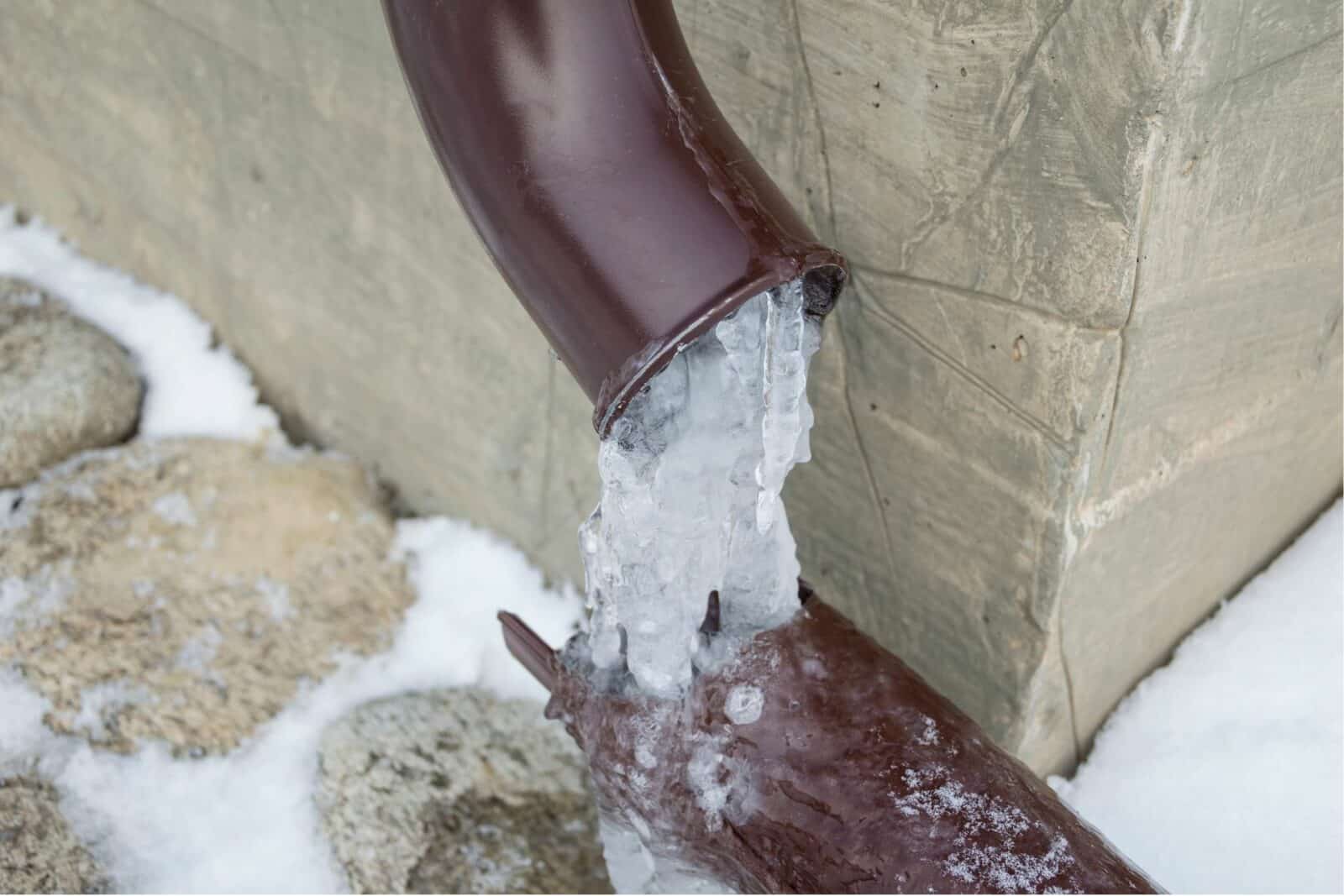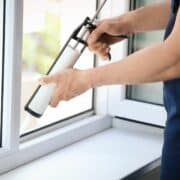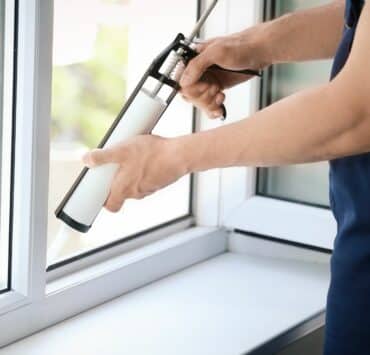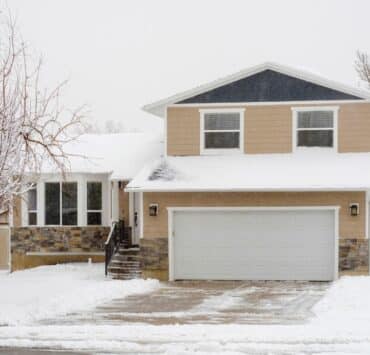Keeping pipes from freezing without heat is crucial, especially in situations where traditional heating methods are unavailable. Frozen pipes can lead to costly damages and inconvenience. In this guide, we’ll explore creative and effective ways to prevent pipes from freezing in the absence of conventional heating.
Understanding the Risks
Before delving into solutions, it’s essential to grasp the risks associated with frozen pipes. When water freezes, it expands, putting immense pressure on pipes and increasing the likelihood of cracks or bursts. This can result in water damage and disruption of water supply.
DIY Insulation
Materials Needed
Gather materials such as old blankets, towels, or foam insulation.
Step-by-Step Instructions
- Wrap Pipes: Encase exposed pipes with layers of blankets or towels.
- Apply Foam Insulation: Use foam tubing to cover pipes in hard-to-reach areas.
- Secure with Duct Tape: Ensure the insulation stays in place by securing it with duct tape.
Running Water Technique
How It Works
Running a small, steady stream of water through faucets prevents water from standing still, reducing the risk of freezing.
Implementation
During freezing conditions, allow a thin stream of water to flow from faucets connected to exposed pipes.
Portable Space Heaters
Precautions
Use portable space heaters cautiously to avoid fire hazards. Keep them away from flammable materials.
Placement
Position space heaters near pipes in unheated areas, providing a supplementary source of warmth.
Adding Extra Layers
Where to Apply
Focus on areas with exposed pipes, such as basements, crawl spaces, and attics.
Materials
Use additional layers of insulation materials like bubble wrap or reflective foil.
External Heat Sources
Alternative Heating
Utilize external heat sources like heat lamps or heated cables designed for pipes.
Installation
Follow manufacturer instructions to safely install heat sources along vulnerable pipe sections.
Monitoring Temperature
Thermometer Placement
Install a thermometer in areas prone to freezing to track temperature changes.
Adjusting Techniques
Modify preventive measures based on temperature fluctuations to ensure continued effectiveness.
Sealing Entry Points
Identifying Gaps
Locate gaps and openings where cold air may enter, especially around windows and doors.
Sealing Methods
Apply weatherstripping or caulk to seal gaps and prevent cold drafts.
Conclusion
Protecting pipes from freezing without traditional heating is possible with strategic and resourceful approaches. Whether through DIY insulation, running water, or alternative heat sources, adapting to the situation can safeguard your plumbing and prevent costly damage.
By implementing these techniques, you not only prevent freezing but also ensure a reliable water supply during challenging conditions. Stay proactive and take the necessary steps to keep your pipes functional in the absence of conventional heating methods.
Remember, a little preparation goes a long way in preserving the integrity of your plumbing system, even when traditional heating is not an option. Stay warm and worry-free!
FAQs
Can I use regular blankets for DIY insulation?
Yes, you can use regular blankets as a form of DIY insulation. Wrap exposed pipes with layers of blankets to provide a protective barrier against freezing temperatures. Ensure secure placement and consider using additional materials like foam insulation for added effectiveness.
How much should I let the water run to prevent freezing?
A thin, steady stream of water, about the width of a pencil, is sufficient to prevent freezing. Running water helps in breaking the ice formation, reducing the risk of pipes freezing. It’s a practical and effective measure during freezing conditions.
Are portable space heaters safe for preventing frozen pipes?
While portable space heaters can be used to prevent frozen pipes, it’s crucial to use them with caution. Keep heaters away from flammable materials, follow safety guidelines, and never leave them unattended. Consider alternative methods if safety precautions cannot be ensured.
Can I use bubble wrap for additional insulation?
Yes, bubble wrap can be an effective additional insulation material. Apply it in layers to exposed pipes, providing an extra barrier against the cold. Combine it with other insulation methods for comprehensive protection.
How often should I check the temperature in vulnerable areas?
Regularly monitor the temperature in areas prone to freezing, especially during extreme weather conditions. Use a thermometer to track variations and adjust preventive measures accordingly. Being proactive ensures the ongoing effectiveness of your anti-freezing techniques.
Are there professional services for preventing frozen pipes?
While many preventive measures can be done as DIY projects, there are professional services available for more complex solutions. Professionals can assess your specific situation and provide tailored recommendations, ensuring a thorough and effective approach to preventing frozen pipes.








